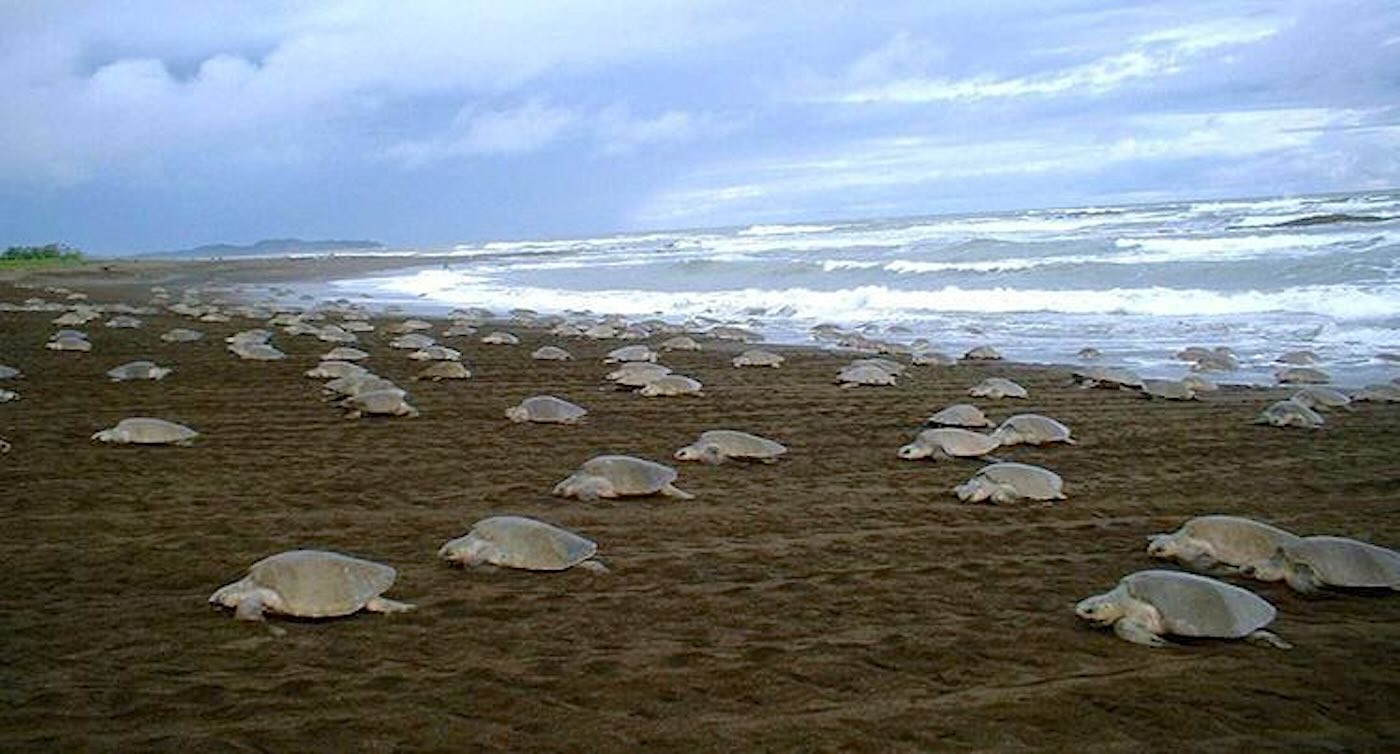Sea Turtles Make a Triumphant Comeback: Conservation Efforts Paying Off!

Once on the brink of collapse due to overhunting and habitat loss, sea turtles are beginning to thrive again, thanks to concerted conservation efforts and protective measures. A recent study highlights that many sea turtle populations are rebounding globally, pointing to a hopeful future for these majestic marine creatures.
Positive Trends in Sea Turtle Populations
Researchers from Deakin University and NOAA Fisheries have reviewed the status of all seven species of sea turtles and discovered a significant rebound in their populations. Many nesting beaches have seen increased numbers of turtles, particularly in areas where protective measures, such as reduced artificial lighting and the implementation of fishing regulations, are in place. This transformation exemplifies the success of marine conservation efforts around the world.
A Changing Mindset Towards Sea Turtles
The resurgence in sea turtle numbers can also be attributed to a cultural shift among younger generations, who now view turtles not as commodities to be exploited but as vital parts of the ecosystem worthy of protection. In many regions, former poachers have transitioned into ecotourism guides, leading tours to view nesting turtles and providing sustainable livelihoods for their communities.
Encouraging Data and Future Outlook
The data analyzed across nearly 300 records of turtle numbers reveal that significant population increases were observed three times more frequently than decreases. For instance, green sea turtle populations are flourishing, with notable increases in egg-laying in regions such as the Seychelles, where egg counts have risen by an astonishing 500%. Even loggerhead turtles in places like Cape Verde have experienced a meteoric rise from 500 to 35,000 nests in a mere twelve years.
Adapting to Climate Change
While the impacts of climate change pose challenges, some species are adapting with promising results. For example, loggerhead turtles in the Mediterranean may be nesting in cooler areas as a response to rising temperatures. Their ability to adjust to changing conditions may offer a buffer against future environmental challenges.
The research underscores a vital message: when we cease harmful practices and allow nature a chance to recover, species can regenerate and thrive. The effort to protect sea turtles serves as a beacon of hope for marine conservationists and environmentalists alike, showcasing the power of collaborative stewardship in preserving our natural world.